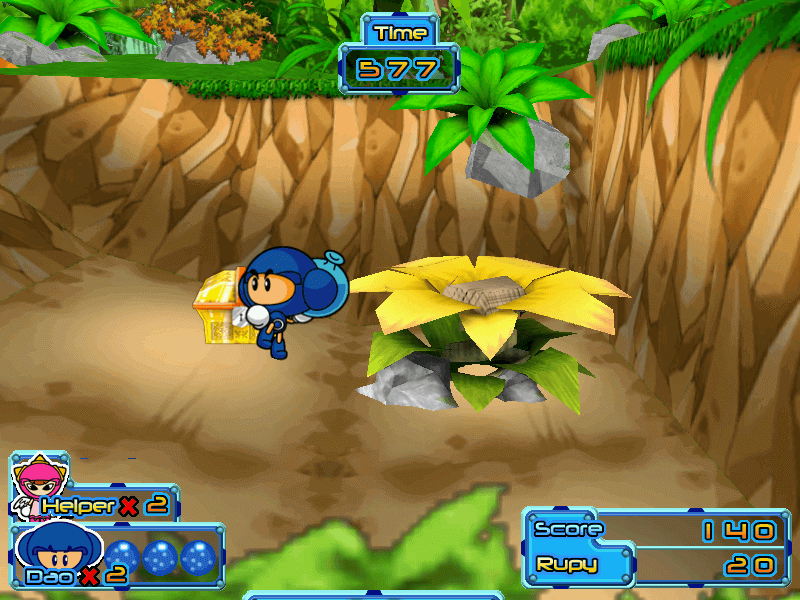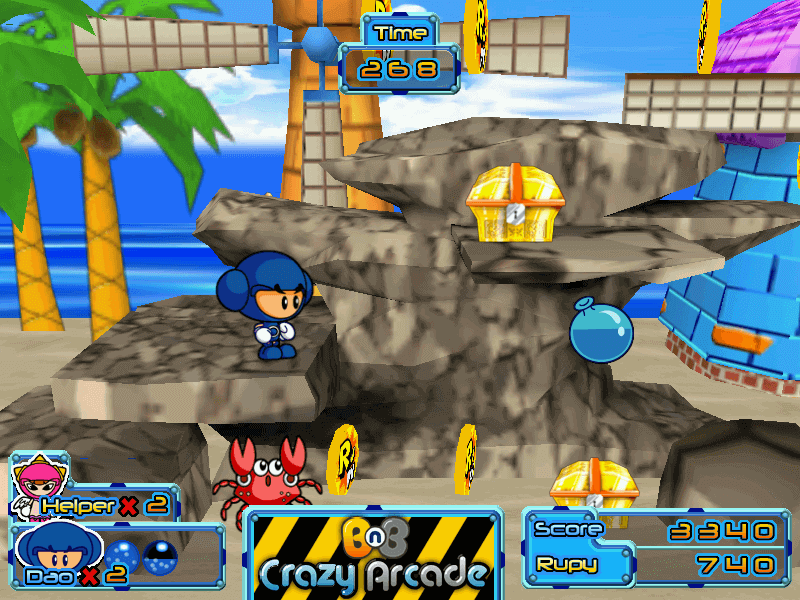

Often the environment factors heavy into the distribution of chi (fire is strong in a magma cave, etc.). When using attacks of a certain element, it gets depleted from the area, rendering the attacks useless. In concept it is quite interesting: All characters share the same ATB bar, only their chi-elements (of which theere are 8) discourage from using the same character all the time. The main combat, though simplified, ist still quite unintuitive, but at least this time the developers had the decency to include an (optional) tutorial. New was a slight action element that allowed to catch a slash at enemies on the field map, gaining an advantage in the acutal combat. While the first game centered around a slightly arrogant aristocrat fallen out of favor of the powers surrounding him, the Calints here is the typical peasant kid turned mercenary after his village was destroyed by some unknown evil force. The hero is even named Calints in both games, although he's definitely a different person. The story doesn't pick up from the original game, but some of the characters have similarly designed counterparts. The game was produced in cooperation with Banpresto, but appointing an additional producer and various supporting tasks apparently were already the extent of the Japanese company's role, judging by the game's credits. Other than Phantagram's hit, Tears of Blood wasn't too warmly received in the West, but in Japan it sold 120,000 units in four days 25, dwarfing the Korean sales figures (where it reportedly took 3 weeks to turn over 30,000 units 26).
Crazy arcade bnb usa install#
Worse, however, was the QA that turned out more shoddy than ever and earned the game the nickname "Bugna Carta." Softmax even had to recall the install CD 21 and angried gamers opened protest sites against the game 2, but after the first patch was out, sales quickly recovered, putting it on 2nd place of the sales charts for January 2002 23.Īpparently the success of MagnaCarta had convinced Softmax to make the franchise into their new main series, and thus three years later came the sequel as the second major console game from Korea after Kingdom Under Fire: The Crusaders (originally, a PC version for the Korean market was planned as well 24, but by the time the game got released, there wasn't any market left for single player PC games). This makes one feel more like an apothecarian that has to mix medicines with the exact amounts of ingredients than a fantasy hero. Then the game hit and disappointed with an overly complicated and incomprehensible stat system, where success in even the most basic battles is utterly dependent on the correct mixture of elemental attribute settings. An epic, console-style RPG by Softmax, with beautiful real-time 3D graphics (although released vaguely around the same time as Final Fantasy X it couldn't but fall behind), how could that not be incredible? The hype for Magna Carta was bigger than any other Korean single player title.
Crazy arcade bnb usa windows#
마그나카르타 Magna Carta: The Phantom of Avalanche - Windows (December 28, 2001)
Crazy arcade bnb usa software#
Two further games, Jellyboom (January 9, 2004) and Jaengban 369 (February 13, 2004) weren't renewed when Softmax phased out their original client software in favor of a browser-based interface on Aug20. In 2004, Softmax' also started putting several flash games on their service, most of which were parodies of existing games: The puzzler 4Leapop (January 9, 2004), the Platformer Cliff Stocker (March 31, 2004), the shooter and Rhapsody of Zephyr parody Rhapsody of Jelly (March 31, 2004) and the Castlevania-inspired Vamper Quillat (June 19, 2004) remained with the service until its end on April 30, 2009. It was replaced by Jellyppi Wars, a casual action game suspiciously similar to Bomberman or Nexon's BnB. However, the game was banned into obscurity by the far more popular competitor Cartoon Racer by Nexon, and Softmax quietly abandoned the game on Febru19. Three years later came the fun racer Dream Chase, developed by Artlab1 it was Softmax' first published game from another developer.


The first was Changsegi World: Jusawi-ui Janyeong (February 12, 2004), a board game featuring characters from the popular War of Genesis series. Over time it was updated with extensive dress-up options and a couple of games where one could meet characters from former Softmax games. Softmax' first experience in the online sector wasn't the epic MMORPG one would have expected from the creators of The War of Genesis, but one of the avatar chatting clients that were all the rage in the early 2000s.


 0 kommentar(er)
0 kommentar(er)
